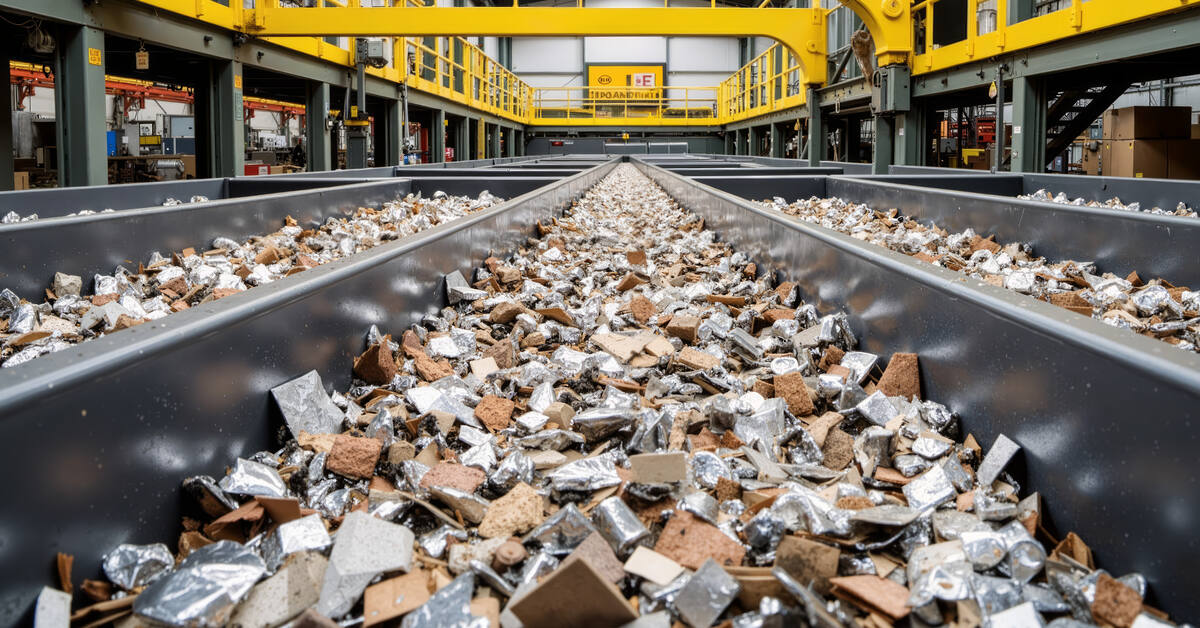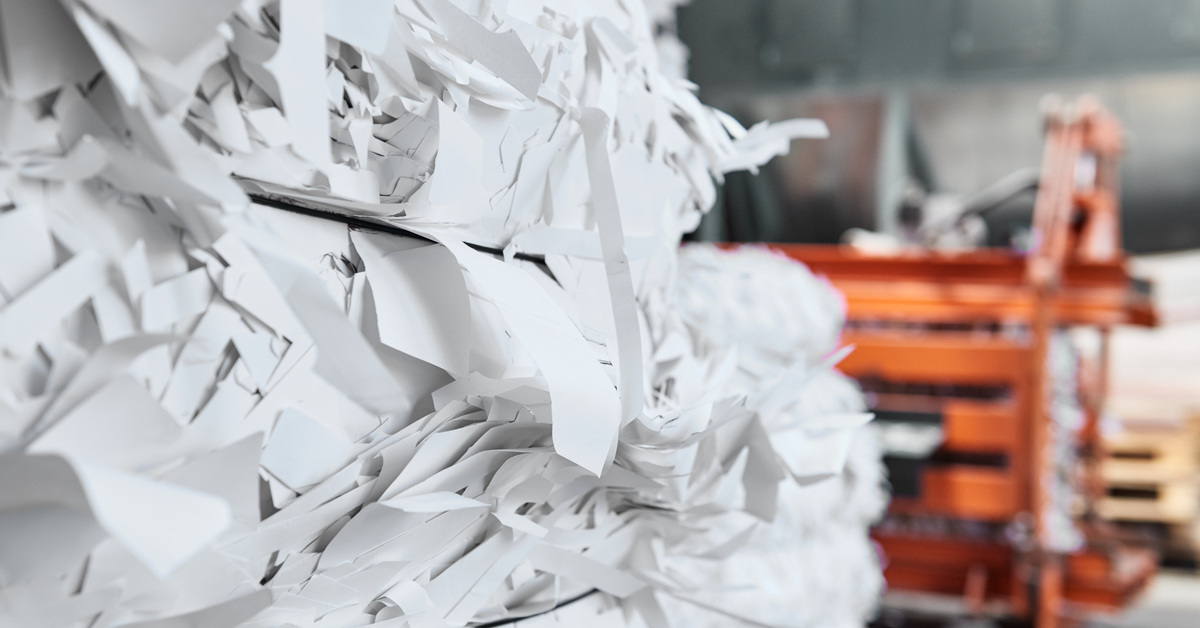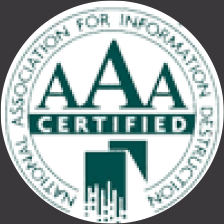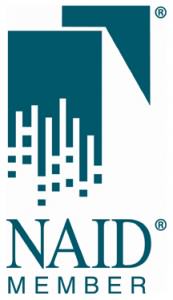
Climate change and environmental degradation are global concerns, with industries across the world increasingly held accountable for their ecological impact. That’s why more businesses than ever are looking to product destruction to reduce their footprint. But what is this process, why does it matter, and how can it become a tool for environmental preservation?
Here’s a guide on how product destruction helps the environment, including detailed insights into the ways responsible product destruction benefits the planet. Along the way, we’ll explore its methods, compliance considerations, and best practices your organization can adopt. By the end, you’ll be better equipped to handle surplus, defective, or obsolete products in a way that benefits the environment and the health of the local ecosystem.
What Is Product Destruction, and Why Does It Matter?
Product destruction refers to the process of securely disposing of unsellable, defective, or outdated products. This can include everything from excess inventory and recalled items to counterfeit goods. For businesses, the goal is often to prevent security risks, maintain brand integrity, or comply with regulations. However, product destruction isn’t merely a business concern.
When done responsibly, it serves a larger purpose by addressing some of the most pressing environmental issues, such as waste management and natural resource conservation. Incorrect disposal of products can lead to numerous ecological problems, including the following:
- pollution from materials leaching into soil and water
- overtaxed landfills
- resource waste, as reusable materials go unrecovered
For businesses in every industry, responsible product destruction plays a part in combatting these challenges.
The Environmental Benefits of Responsible Product Destruction
While it may not seem like a big deal, properly utilizing product destruction can significantly impact your organization in various ways.
1. Reduces Landfill Waste
One of the most significant environmental benefits of product destruction is the reduction of landfill waste. When products are destroyed and recycled appropriately, raw materials can be salvaged and reintroduced into production cycles. For example, shredding electronics and extracting metals like copper and aluminum not only diverts waste from landfills but reduces the need for extracting virgin materials.
2. Prevents Pollution and Counterfeiting
Improper disposal of goods, particularly hazardous products like batteries or expired pharmaceuticals, can be harmful to ecosystems. Toxins can seep into soil and water, endangering wildlife and public health.
Additionally, failing to securely destroy defective or surplus stock can lead to counterfeiting or unauthorized resale. Counterfeit items often bypass regulatory oversight and exacerbate waste issues by flooding the market with low-quality, disposable products.
3. Conserves Natural Resources
Through recycling methods such as material sorting and recovery during product destruction, valuable resources can be reused. For instance, recycling paper or cardboard packaging reduces demand for pulp derived from trees, while recovering metals from electronics limits the need for mining.
By addressing these issues, responsible product destruction contributes to a circular economy that uses resources more efficiently.
Methods of Product Destruction
There are several methods for product destruction, each with unique advantages and environmental considerations. Businesses should select the method best suited to their needs while prioritizing sustainability.
Recycling
Recycling involves converting waste materials back into reusable raw materials. Electronics can be dismantled, and their components (such as circuit boards) are extracted for reuse. Textiles can be shredded into fibers to create insulation or automotive padding. This method maximizes material recovery while minimizing landfill contributions.
Incineration
Incineration is the process of burning waste at extremely high temperatures. When done in facilities equipped with modern filtration systems, it can effectively reduce waste volume while generating energy. However, organizations should ensure this option meets stringent air quality standards to minimize pollution.
Shredding
Shredding is a mechanical process that breaks down products into smaller, unrecognizable pieces. It’s particularly useful for destroying sensitive items like branded products or prototypes, ensuring they cannot be resold or counterfeited. Shreds can also be segregated by material type for recycling.
Regulations and Compliance Considerations
The legal landscape surrounding product destruction is complex, as laws vary by industry and geography. Businesses must understand the regulations that apply to the items they handle. Key compliance considerations include these:
- Environmental regulations: Certain materials, such as electronic waste or chemicals, require specific disposal methods to prevent ecological harm.
- Data privacy laws: For items like electronic devices, it’s crucial to securely destroy data in compliance with privacy laws like GDPR or HIPAA.
- Customs and counterfeiting protection: Destroying counterfeit goods must comply with local customs laws to demonstrate regulatory alignment.
Companies should partner with legal and environmental experts to ensure compliance with these mandates.
Best Practices for Implementing a Product Shredding Policy
To create a smooth, sustainable product shredding policy, follow these best practices.
1. Assess Inventory Regularly
Regularly audit your inventory to identify surplus, defective, or expired products that require destruction. Effective inventory management reduces waste.
2. Partner With Certified Vendors
Work with certified shredding companies that specialize in secure and environmentally friendly product destruction, ensuring materials are responsibly disposed of.
3. Track and Document Processes
Maintain records of what’s being shredded, along with destruction certificates. Documentation can help you ensure compliance with legal and environmental regulations.
4. Educate Employees
Train staff on the importance of proper disposal methods and your company’s policy for shredding products. Well-informed employees can prevent procedural errors.
The Benefits of Outsourcing Product Destruction to a Third Party
Outsourcing product destruction can be an efficient and cost-effective solution for businesses committed to sustainable practices. Here’s why.
Expertise and Compliance
Third-party providers are equipped with the knowledge and certifications to conduct secure product destruction while complying with regulations and standards.
State-of-the-Art Facilities
Specialized shredding and recycling companies often invest in advanced technology to recover materials and minimize environmental impact.
Time and Cost Efficiency
Outsourcing allows businesses to focus on core operations while experts handle the complexities of product destruction, preventing waste disposal fees and compliance-related fines.
Scalability
Whether your business deals with small-scale overstock or mass product recalls, third-party providers can scale services to match your needs.
Support Sustainability Goals With Responsible Product Destruction
From minimizing waste and pollution to conserving natural resources, responsible product destruction offers undeniable environmental benefits. This guide on how product destruction helps the environment has highlighted how your business can make a tangible difference for the planet.
Are you looking to adopt eco-conscious strategies to win customer trust and brand loyalty? If you want to align your business with these values, consider partnering with Intellishred. We are a product destruction company with an eye toward ethical disposal, and we’re here to help you evaluate your waste management policies.







